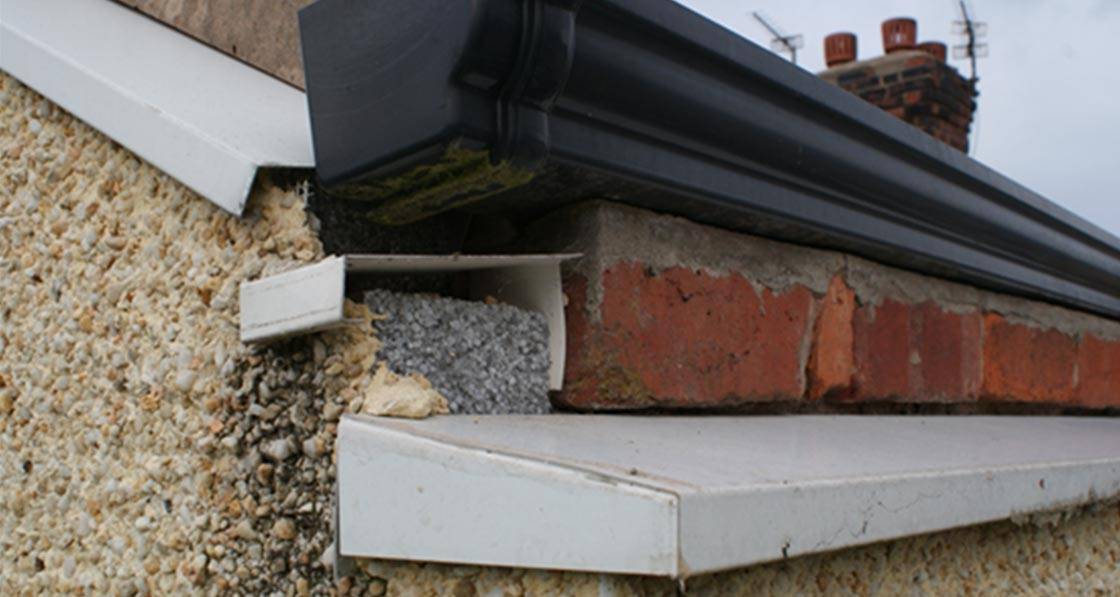
- Projects
- Posted
New UK retrofit standard will mandate ventilation & post occupancy checks
PAS 2035 follows high profile retrofit failures under government schemes
This article was originally published in issue 27 of Passive House Plus magazine. Want immediate access to all back issues and exclusive extra content? Click here to subscribe for as little as €10, or click here to receive the next issue free of charge
Big changes to the way government-backed retrofit is carried out in the UK — including requirements to install ventilation, and to assess every retrofit measure after installation – are being proposed under PAS 2035, a new specification for the energy retrofit of domestic buildings.
PAS 2035 has been developed as part of the ‘Each Home Counts’ process, which was established to tackle the high level of failure in domestic retrofit under governmentbacked schemes, such as that at Preston (pictured, and profiled in the UK edition of issue 24 of Passive House Plus). Passive House Plus columnist Peter Rickaby is chair of the BSI Retrofit Standards Taskgroup - the overarching group behind the development of the standard - and technical author of PAS2035, working with an industry steering group.
The UK government has also said that it intends to adopt a proposed new quality mark for installers, along with mandating the PAS standard for all government-backed energy efficiency schemes, possibly as soon as next spring – although it has also promised a “sufficient” transition period.
There is also commercial pressure on the retrofit industry for the adoption of these standards. A number of lenders are reportedly keen to lend into the able-to-pay home retrofit market, but say they want the work to be subject to these new standards in order to “de-risk” the loans.
In the meantime, clients who fund retrofit work, for example to address fuel poverty, are looking to use the scheme to help with procurement. As Rob Hargreaves, who runs fuel poverty programmes at Severn Wye Energy Agency told a recent Gloucestershire event on health and housing: “We are working with vulnerable people. A scheme which reassures us about the quality of the contractors and their work is really welcome.”
Among the provisions in the draft version of PAS 2035 are:
- Designated roles: project designer, project manager, retrofit co-ordinator, retrofit assessor, with minimum qualifications and/or professional accreditations for each
- The option to carry out performance modelling with PHPP, the passive house design and assessment software, as an alternative to SAP
- A requirement to check ventilation in all retrofit properties, and to upgrade the system when it fails to meet set criteria
- Compulsory post-installation assessment via occupant and client questionnaires.
Under Each Home Counts, all installers carrying out work as part of government schemes will also be required to be registered with a body (for example a trade organisation) that is licenced to deliver the new quality mark, which is due to be launched by the traders’ scheme TrustMark this October. Participating bodies will have to audit all members regularly, and also enforce a code of conduct and customer charter.
To be compliant with PAS 2035, retrofits will also need to have designs carried out by a nominated professional – depending on the project complexity, this could be an architectural technologist, architect or chartered surveyor.
All retrofits must have an identified and appropriately trained project manager, and retrofits falling into a ‘high risk’ category must be overseen by a qualified retrofit co-ordinator.
Under the proposed standard, ventilation in any dwelling where energy retrofit is to take place has to be assessed. If there is evidence that ventilation is inadequate, such as mould or missing trickle vents, and the building fabric is to be upgraded, then working ventilation must also be installed. Even if the building fabric is not being altered, the building owners will have to be formally notified of the finding.
Proposed standard states that the capacity of installed ventilation systems will have to allow for the largest potential occupancy of the dwelling (two adults in each bedroom). If the intention is to upgrade the building envelope to an airtightness of tighter than 5 m3/ m2h (Q50), then demand controlled mechanical extract ventilation (dcMEV) or mechanical ventilation with heat recovery (MVHR) will have to be installed, according to a strict set of criteria – including commissioning for noise.
Under both the proposed PAS 2035 and the new provisions for the quality mark, installers will be responsible for seeking and recording feedback on all installations after completion. Occupants and clients will be asked if the retrofit has met the intended outcomes of the project (as agreed between the project manager and client at the start), and whether they are satisfied. If there is cause for concern, recommendations for action will be made, and if the issue is not resolved, the assessment process can be escalated to include further investigations and interventions.
“This is about learning,” said Kerry Mashford, the verification and monitoring lead for Each Home Counts. “Very often when outcomes are not what was expected, we don’t know why, and now we have an opportunity to investigate systematically. We will be learning not only from customers but also hopefully from metered performance, and will work to understand what is going on. And this will be fed back to everyone in industry.”
Related items
-
 King of the castle
King of the castle -
Retrofit redux: Catching up with A3
-
 Energy poverty and electric heating
Energy poverty and electric heating -
 New Ejot profile cuts thermal bridging losses by 25mm insulation equivalent
New Ejot profile cuts thermal bridging losses by 25mm insulation equivalent -
 Build Homes Better updates Isoquick certification to tackle brick support challenge
Build Homes Better updates Isoquick certification to tackle brick support challenge -
The transformative power of industrialised retrofit

